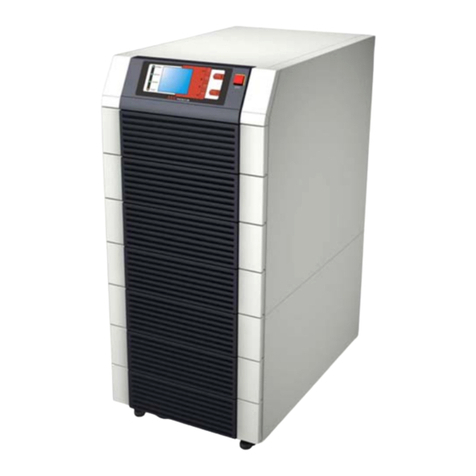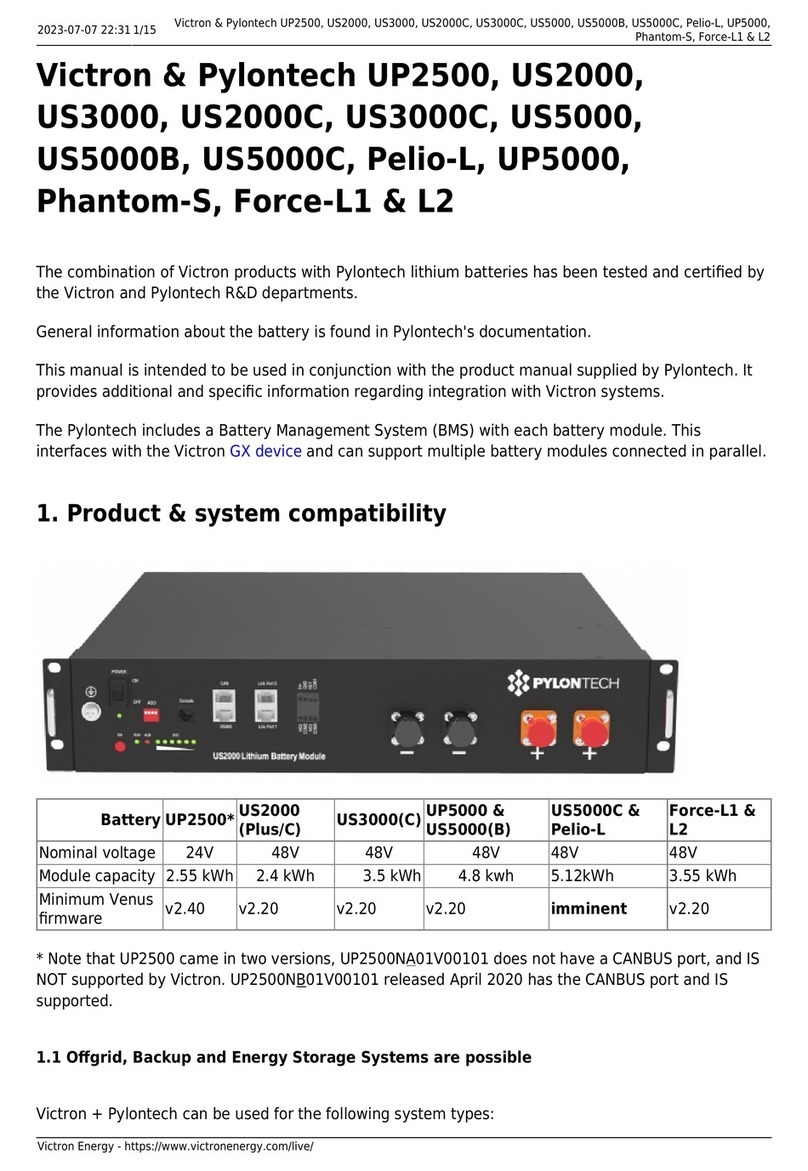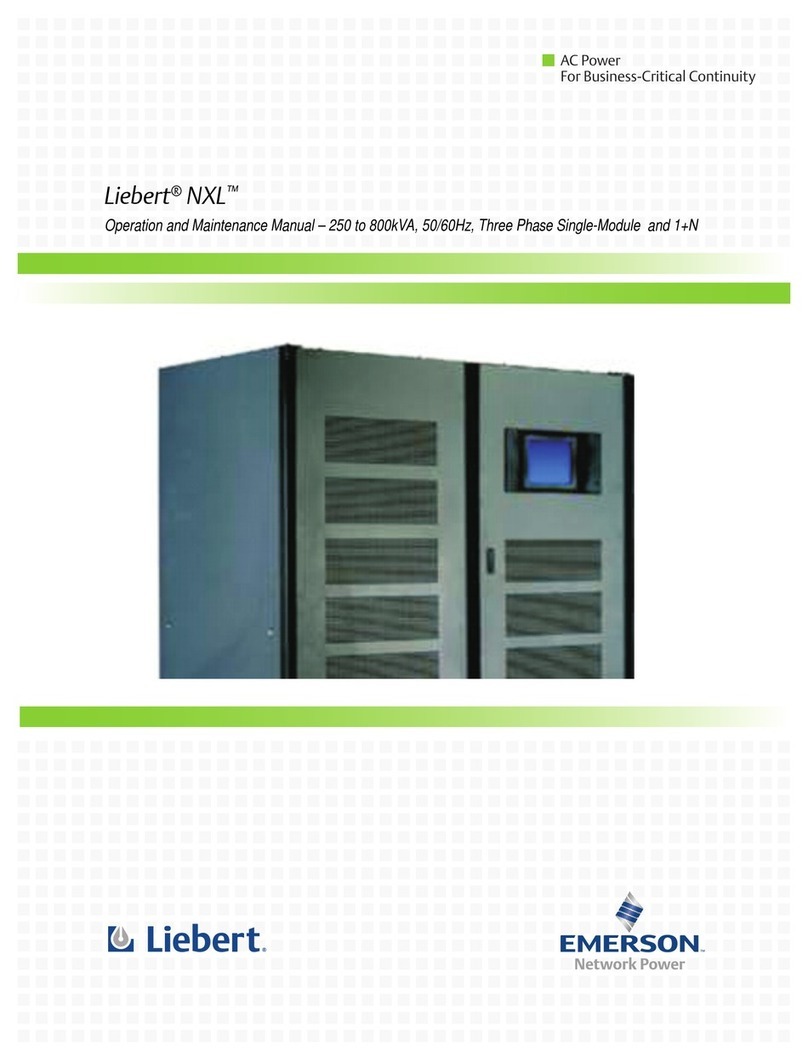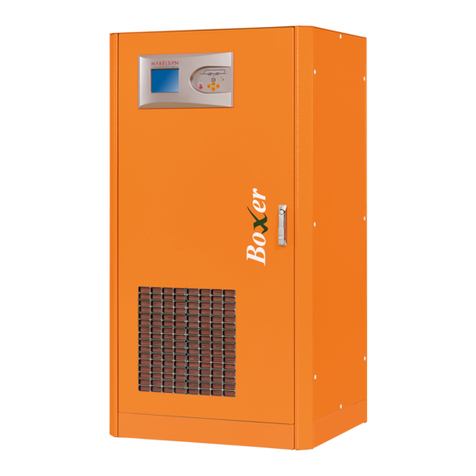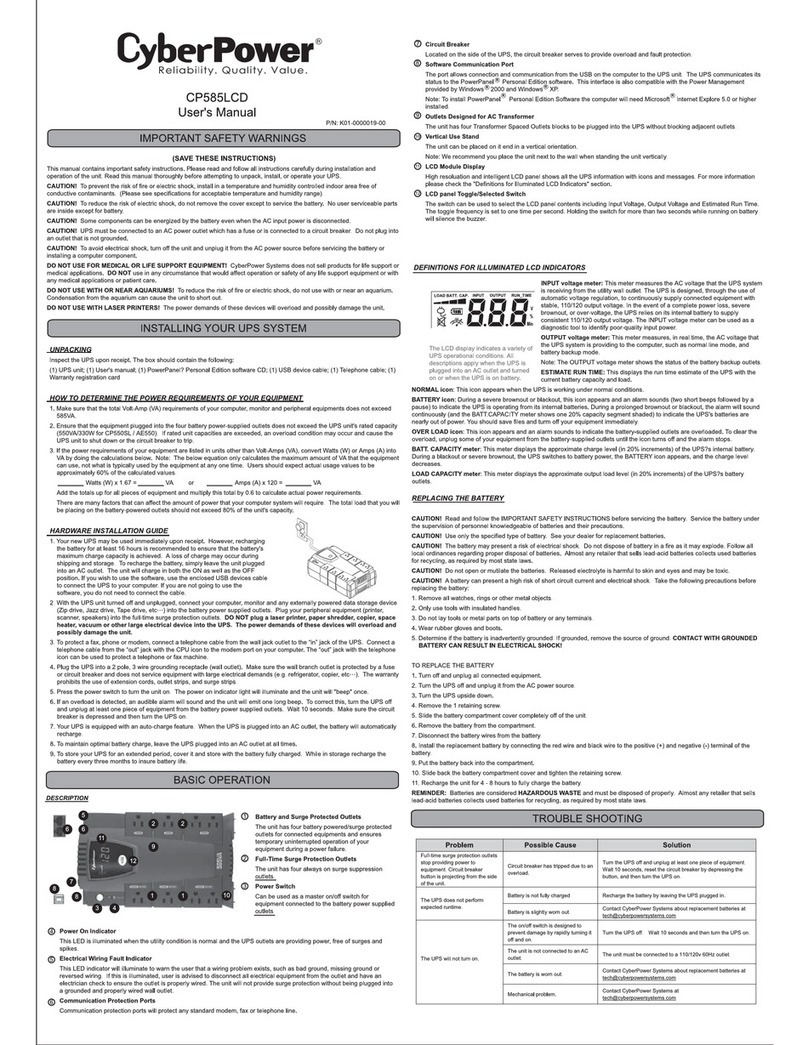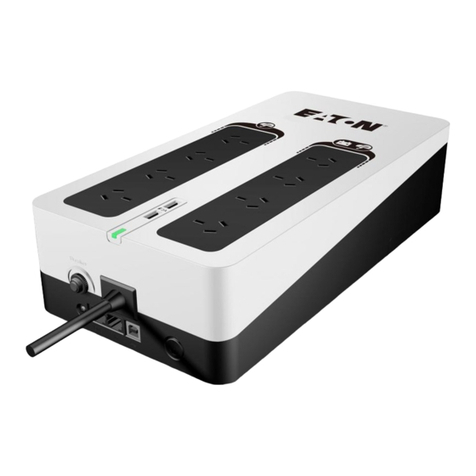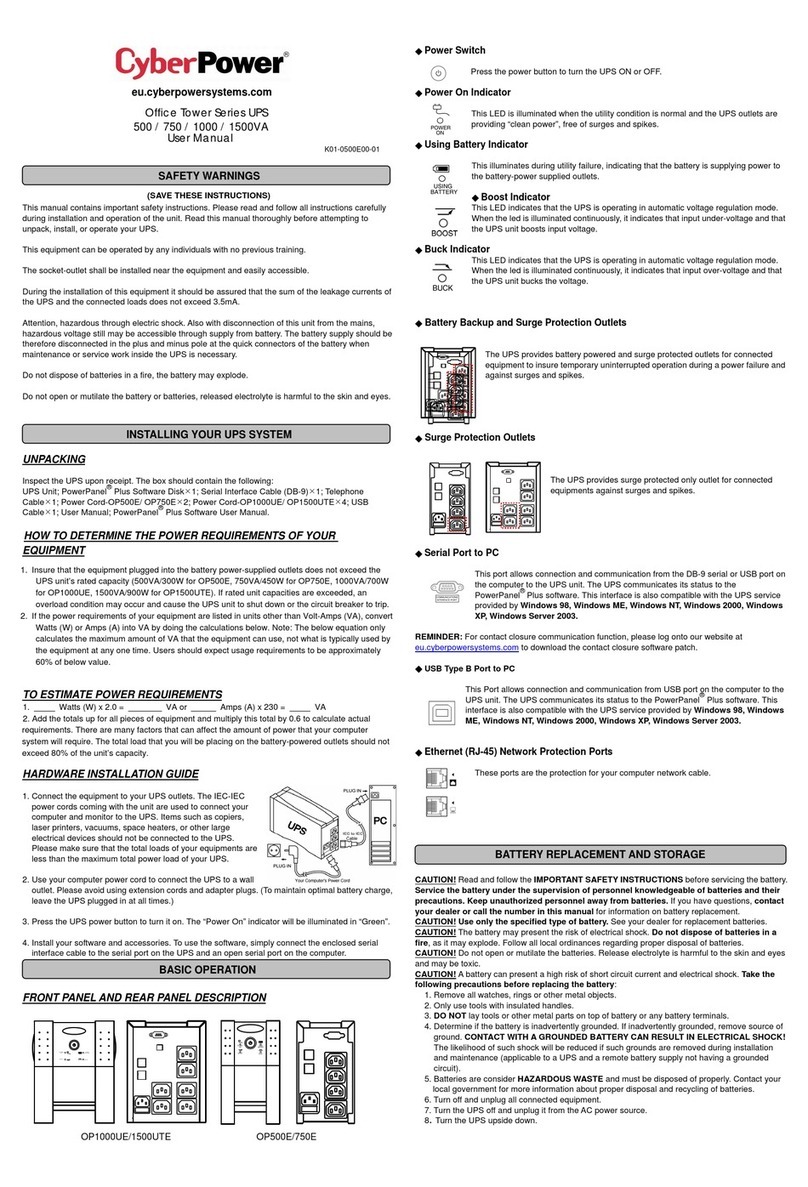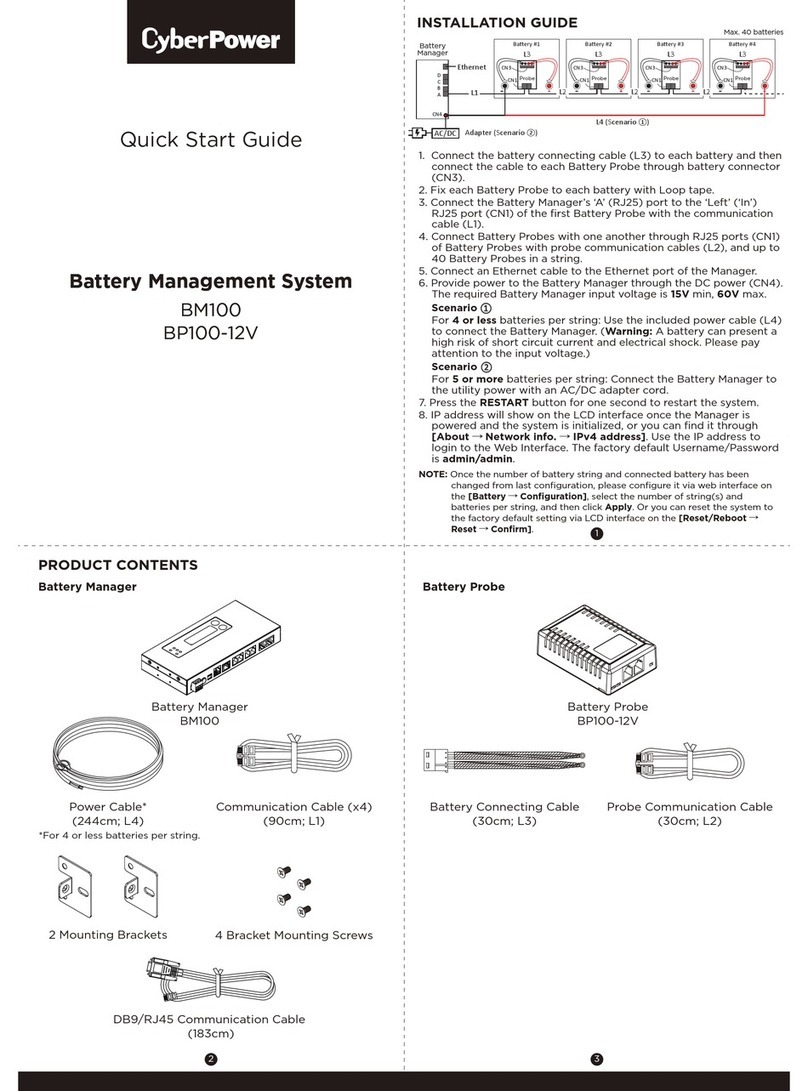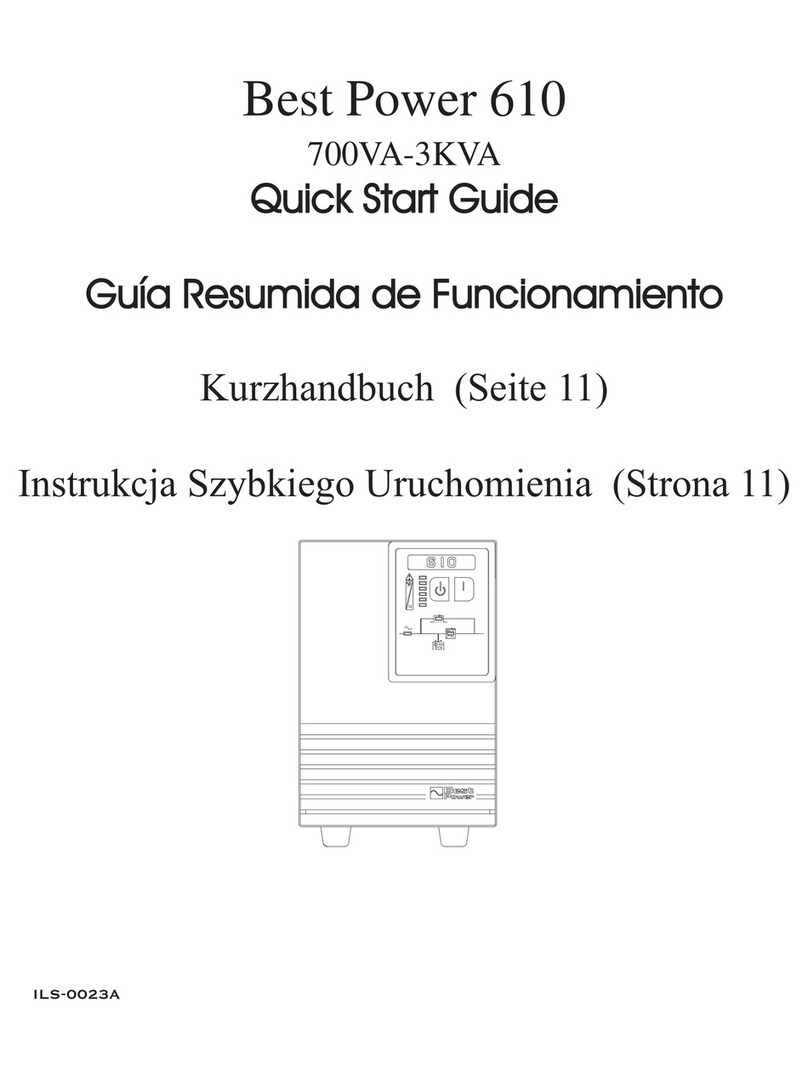Schrack Technik AVARA MLT Series User manual
Other Schrack Technik UPS manuals
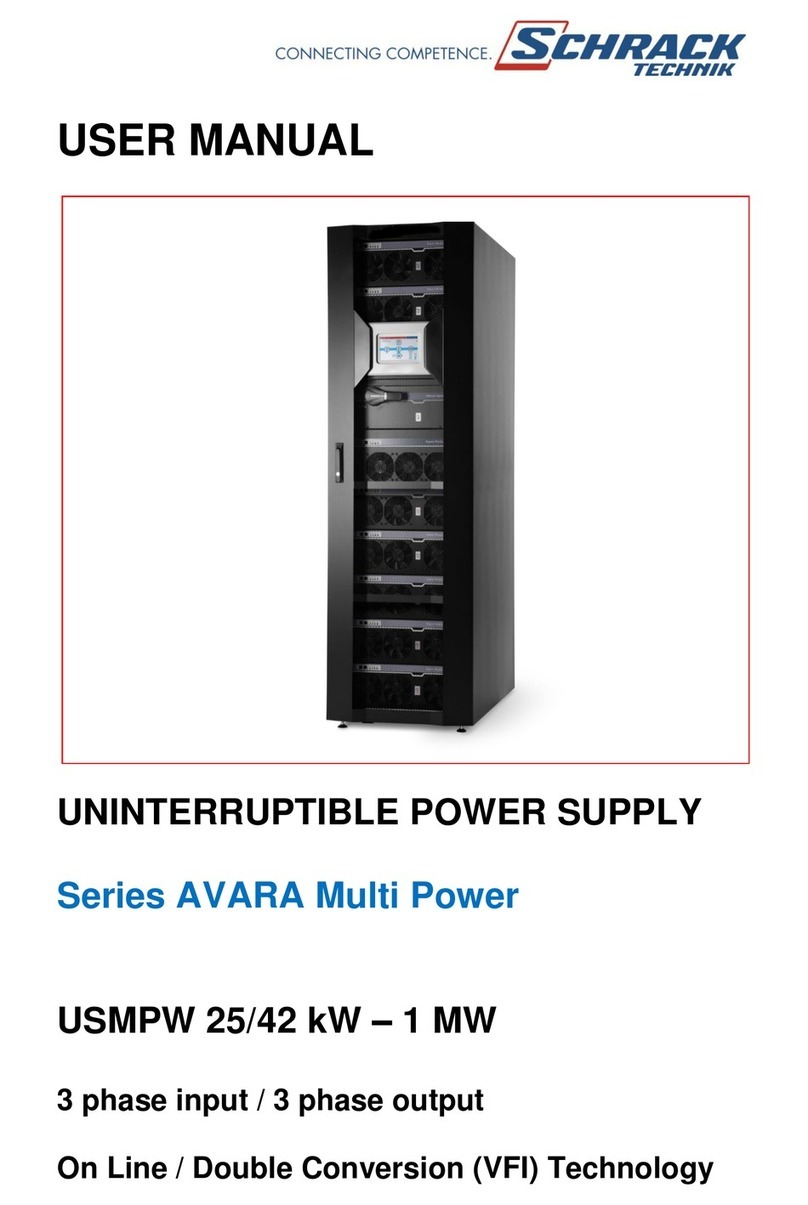
Schrack Technik
Schrack Technik AVARA Multi Power Series User manual
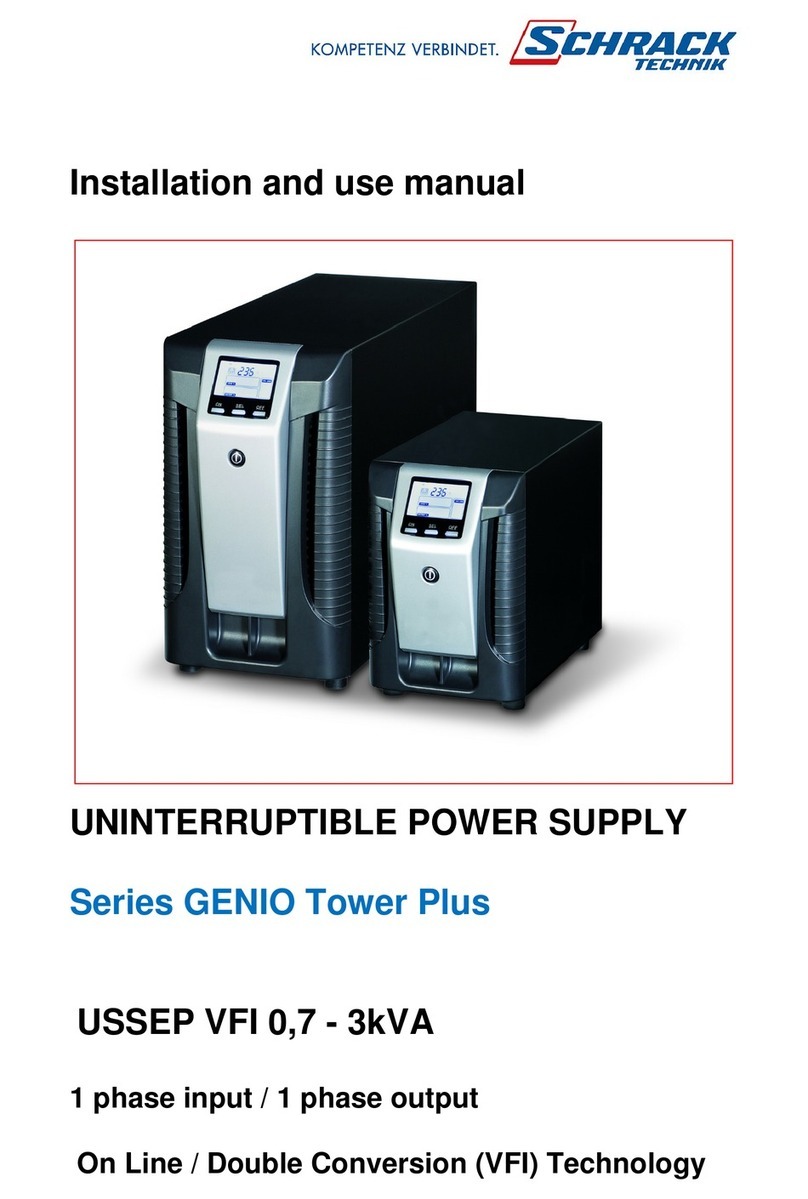
Schrack Technik
Schrack Technik GENIO Tower Plus USSEP VFI 0,7 Guide
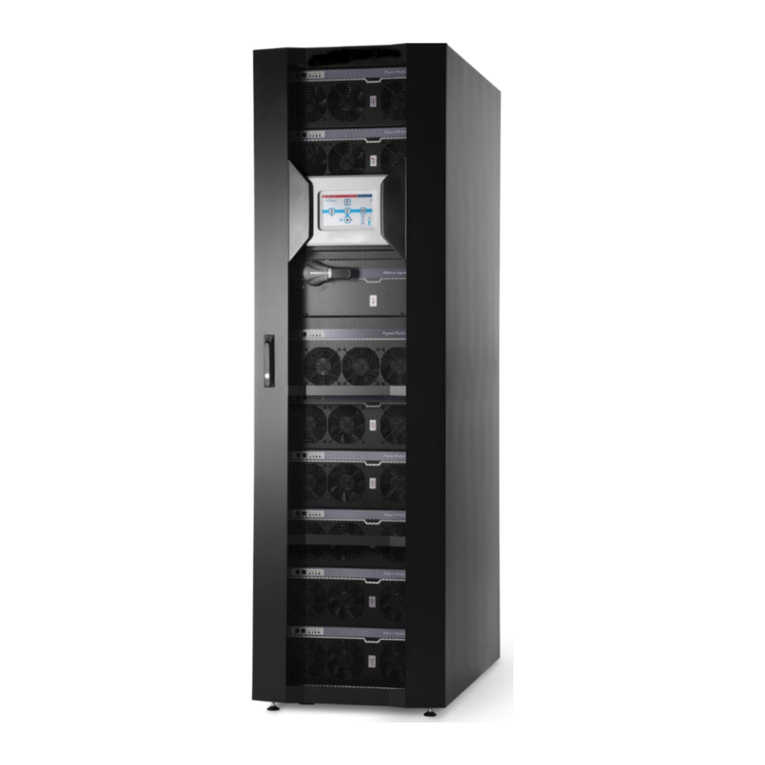
Schrack Technik
Schrack Technik AVARA Multi Power Series Instruction sheet
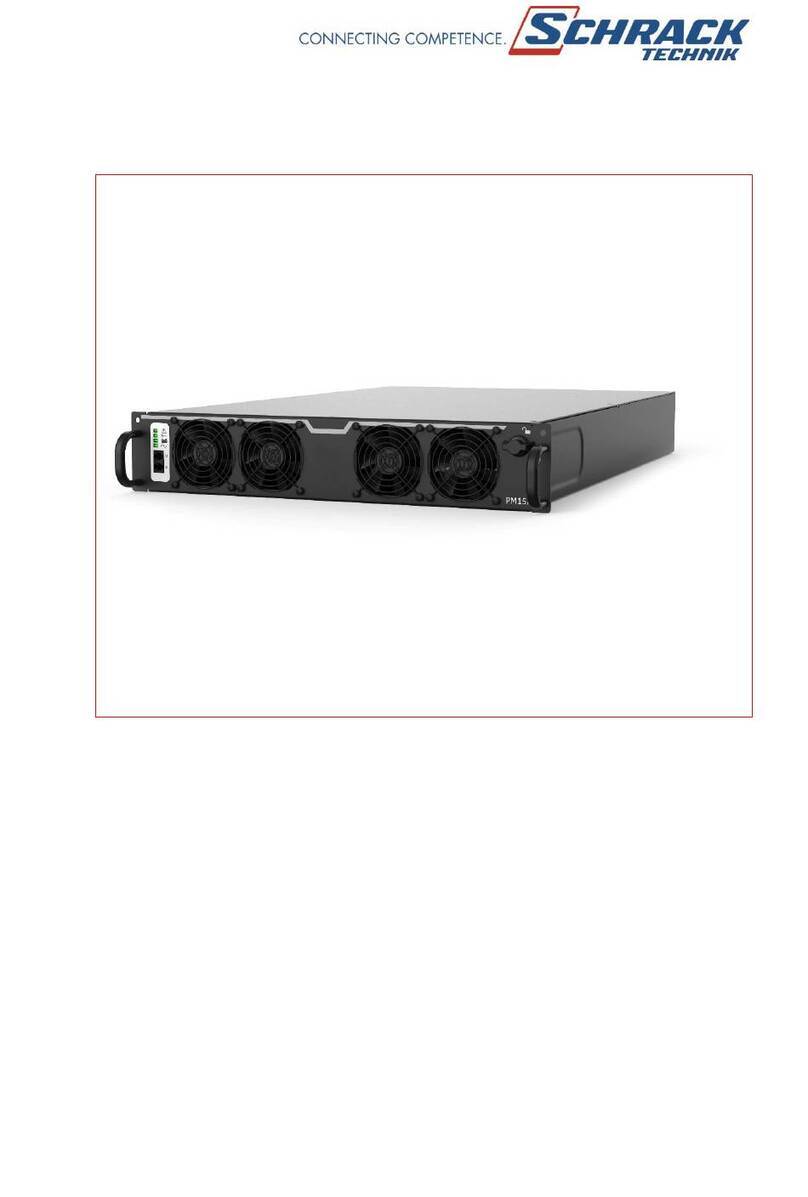
Schrack Technik
Schrack Technik AVARA USMPXPW130 User manual
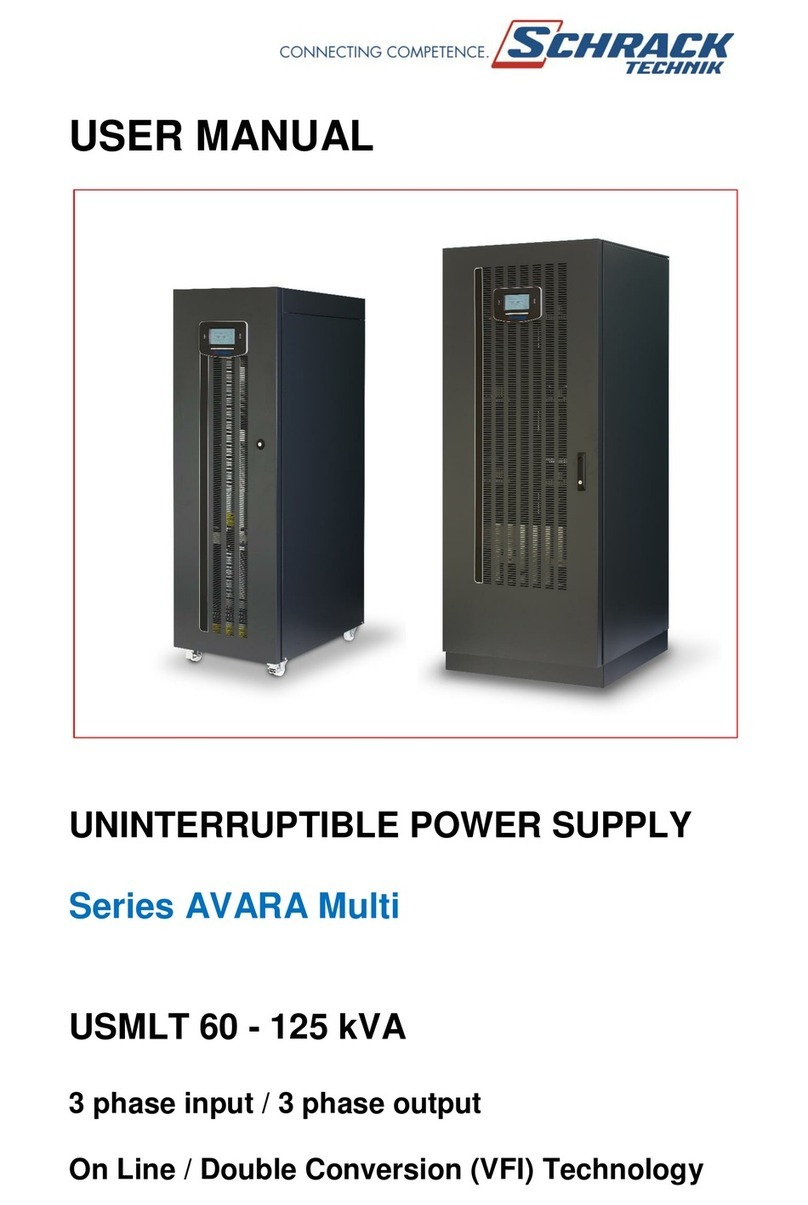
Schrack Technik
Schrack Technik AVARA Multi USMLT60 User manual
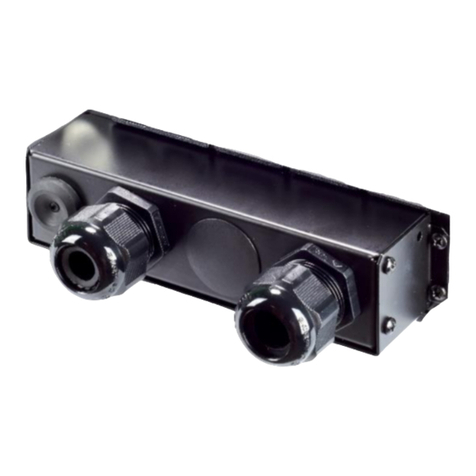
Schrack Technik
Schrack Technik GENIO Dual Power Series User manual
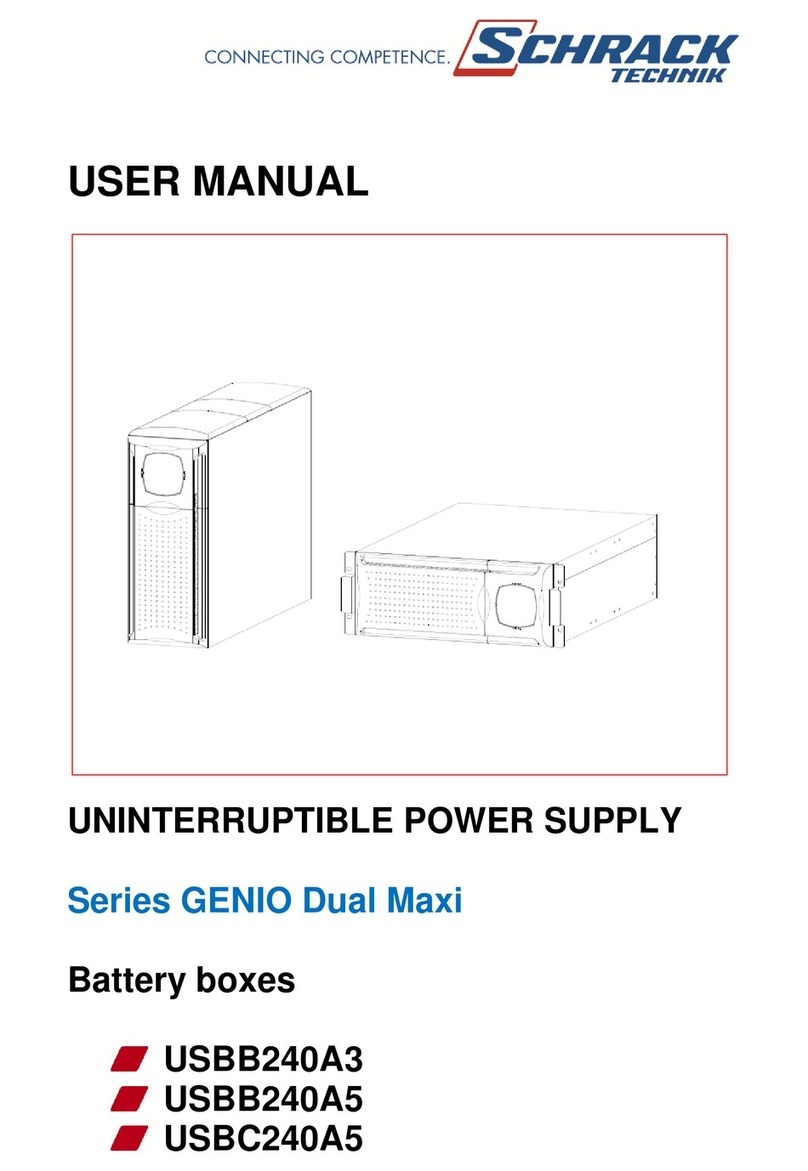
Schrack Technik
Schrack Technik GENIO Dual Maxi Series User manual

Schrack Technik
Schrack Technik GENIO Dual Power Series Guide
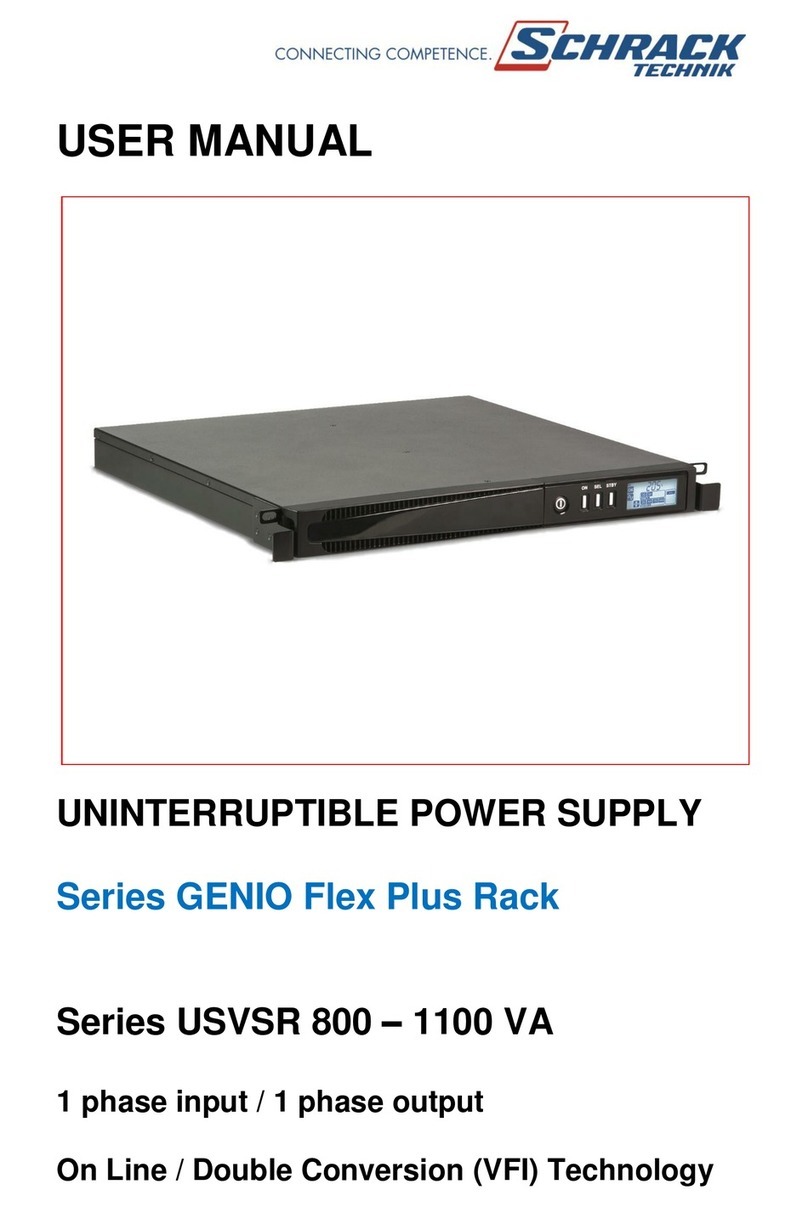
Schrack Technik
Schrack Technik GENIO Flex Plus Rack Series User manual
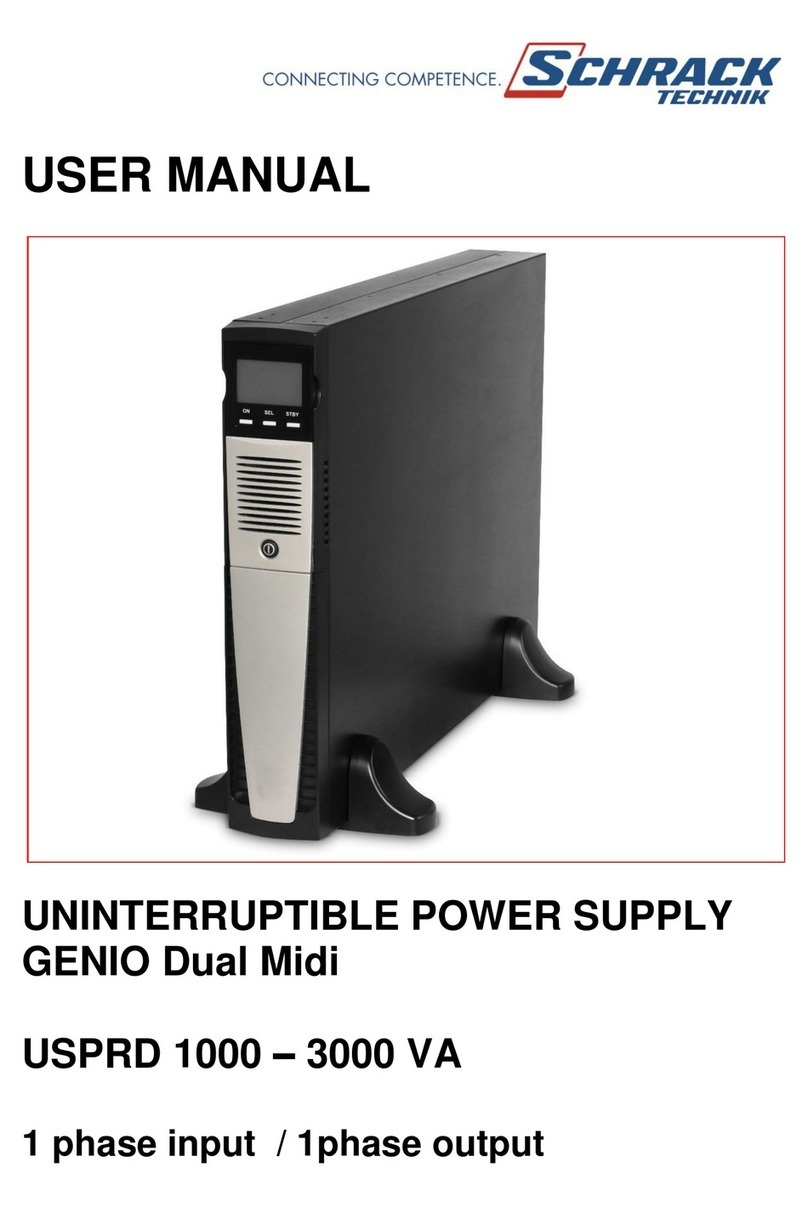
Schrack Technik
Schrack Technik GENIO Dual Midi USPRD 1000 VA User manual
